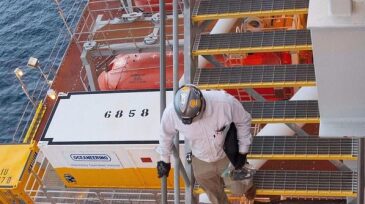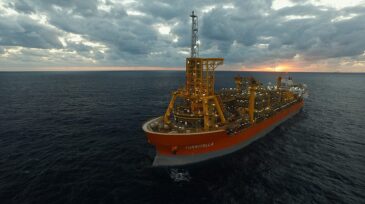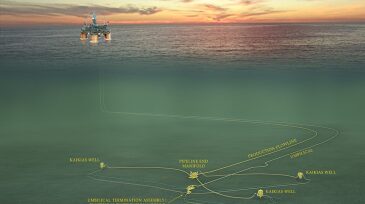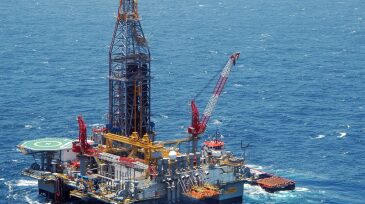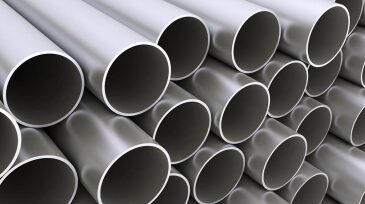Gulf of Mexico
-
Deepwater coiled-tubing (CT) well interventions can benefit from significant rig-time reduction and cost savings associated with improved efficiencies of surface processes.
-
A BP flow assurance engineer discusses the shift in hydrate management strategy from complete avoidance to risk mitigation for an offshore dry tree facility.
-
One of the oldest deepwater platforms in the Gulf of Mexico has become a profit-leader for the oil major during this downturn and is now a model for the company’s other floating assets.
-
New figures show that the facilities working in the Gulf of Mexico achieved higher crude output in 2016 than at any other period.
-
The international major's low-cost development plan calls for a subsea tieback that will transport oil and gas through a single flowline to an existing floating production facility.
-
Completed 11 months ahead of schedule, BP’s Thunder Horse South Expansion project furthers the company’s deep water agenda.
-
The opening of Mexico’s oil and gas sector was a landmark moment in the industry, but despite the potential upside, the uncertainty and risk surrounding unfamiliar offshore territory in a volatile price market kept many potential investors at bay.
-
How do mooring systems reduce risks of hurricane damage to mobile offshore drilling units?
-
A 2-year comprehensive effort to design, test, manufacture, and deploy a new high-pressure completion tubular for Chevron’s deepwater Gulf of Mexico (GOM) operations is presented.
-
A RPSEA project identified the gaps in technology that are the most pressing for multiphase-flow measurement.



